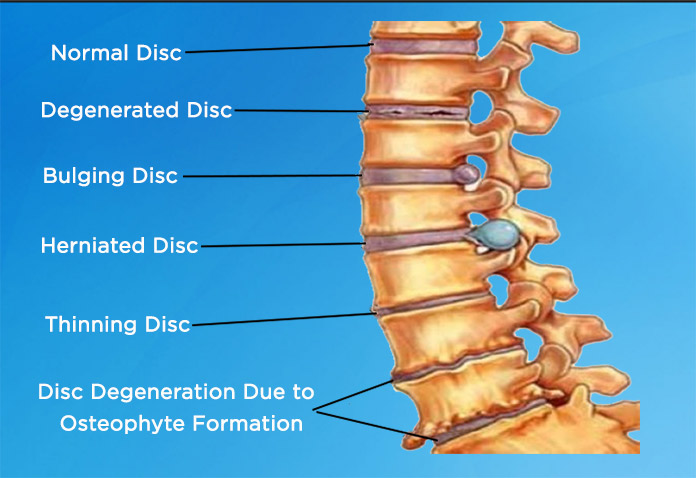
DAVE WATTS, MD
Orthopedic Surgeon
An Introduction to Laminectomy Surgery

Laminectomy procedure is performed to relieve compression on the spinal cord. The doctor performs the procedure to remove lamina.
Lamina forms part of vertebral arch in the spine. Your orthopedic surgeon will also remove bone spurs.
Common Causes of Laminectomy
Shared below are some causes of laminectomy in patients.
-
Difficulty in controlling bowel or bladder movements.
-
The patient may have problems walking.
-
Numbness or weakness in the legs.
-
Severe back pain.
When is Laminectomy Recommended to Patients?
Your orthopedic surgeon in Sioux Falls will usually recommend you of undergoing surgery if conservative methods of treatment failed to yield results.
Alternate Names for Laminectomy
Patients often get confused when hearing different names for the laminectomy procedure. These are some of the common names for laminectomy.
-
Decompressive Laminectomy
-
Cervical Laminectomy
-
Lumbar Laminectomy
Why is Laminectomy Recommended?
These are some of the common reasons when the laminectomy surgeon recommends this treatment.
-
In the case of a herniated or slipped disc, traumatic injury, spine tumor, or achondroplasia.
-
The Paget’s disease of bones resulting in their abnormal
-
Defect presents at the time of birth including abnormal growth.
-
Arthritis of the spine, a symptom common in old age persons.
-
Spine disc shrinkage or swelling of bones or ligaments.
Preparation for Laminectomy Surgery
Every patient undergoing laminectomy surgery has to prepare for it. To prepare yourself for laminectomy surgery, you need to information your orthopedic surgeon about the following.
-
Patient sensitive to an allergies or sensitivities related to medications.
-
To inform your doctor if you are pregnant or you think you are pregnant.
-
If you are taking any over the counter medications, supplements, or vitamins.
These are some of the common things your doctor may ask before performing laminectomy surgery.
-
Your doctor may ask you not to take blood thinners like aspirin.
-
The patient may be asked to stop smoking.
-
The patient may also be advised not to eat or drink after midnight the evening before the laminectomy surgery.
The Procedure for Laminectomy Surgery
The laminectomy surgeon performs the surgery when the patient is under the influence of anesthesia. The patient is asleep during the operation. However, if the patient is administered local anesthesia, they will not feel any pain.
The orthopedic surgeon will perform the following procedure.
-
To clean the skin to clear the operation site. The doctor will use an antiseptic solution to prevent bacterial infection.
-
Your surgeon makes a small incision in the middle of the back.
-
Your laminectomy surgeon moves away the skin, ligaments, and muscles to get a clearer view of the affected site.
-
The lamina bones affected are removed entirely or in part besides removing bone spurs and small disc fragments.
-
To close the incision with stitches.
-
To cover the incision using sterile bandages.
Laminectomy Recovery
Once the patient wakes up from the operation, the doctor asks the patient to walk a few steps unless the patient has undergone spinal fusion. The patient will remain hospitalized for one to three days.
Sometimes laminectomy recovery time is short if the orthopedic surgeon has performed the operation on an outpatient.
Simple Tips to Remember During Laminectomy Recovery
Please remember these simple tips when undergoing laminectomy recovery.
-
To schedule and regularly follow up with your physician.
-
To increase the level of activities including walking.
-
Be careful when climbing stairs up and down.
-
Do not lift any heavy objects and avoid strenuous activities.
When to Call Your Doctor?
In the case of the following problems during your laminectomy recovery get immediately in touch with your doctor.
-
Redness, heat, or draining in the incision site.
-
When the patient is having difficulty in breathing.
-
Pain in the chest, fever over 100 F or higher.
-
Swelling or tenderness in the legs.
-
Patient has bowel or urinary control issues.